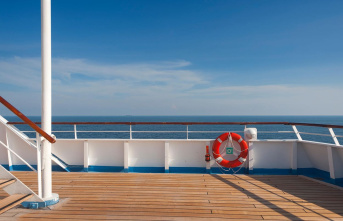The Diputación de Salamanca has presented this Monday before the Portuguese market one of its star tourist products, the Camino de Hierro, a 17-kilometre hiking route that runs along an old railway line that linked Salamanca with the Portuguese border, framed in the Arribes region, "a natural area of incomparable beauty that enhances the wealth and charms of the province".
«From the institution we have tried to promote this tourist project not only as what it is, a jewel from the historical, monumental and natural point of view. The Camino de Hierro is a macro-tourism project that transcends our provincial scope, it is unique in the world", said Javier Iglesias, president of the Salamanca Provincial Council during his speech at the event held at the Museu do Carro Electrico de Oporto before a Thirty attendees, including representatives of the main media, tour operators and travel agents from the Portuguese city.
The new tourist product is having a "huge reception" among tourists as its visitor figures endorse. And it is that, in its first year, the route has brought together more than 27,100 visitors, of which ten percent come from Portugal.
“We knew it was an undiscovered treasure. Now we have opened it to the rest of the world with the results we expected and that, without a doubt, has been an unprecedented success", Iglesias highlighted, in an act in which he was accompanied by the deputy for tourism, Javier García Hidalgo.
The pharaonic construction of the line began in August 1883 and, after four years of work, in 1887 it was inaugurated in an act where two trains, one Portuguese and one Spanish, joined in the center of the Vega Terrón International Bridge , in La Fregeneda. Today it is at the station in this municipality where the 17-kilometre route begins over bridges and tunnels to the Vega Terrón river dock.
A pedestrian route where the fauna and flora merge with the "greatness of the most representative civil engineering of the 19th century", the Camino de Hierro runs along the railway lines themselves, conditioned to make this six-hour route an experience full of contrasts . 20 tunnels and ten bridges make up these 17 kilometers that go from an altitude of 527 meters at La Fregeneda Station to 133 meters at Barca D'Alva due to the orography of the steep terrain of Las Arribes, as detailed by the provincial institution.












